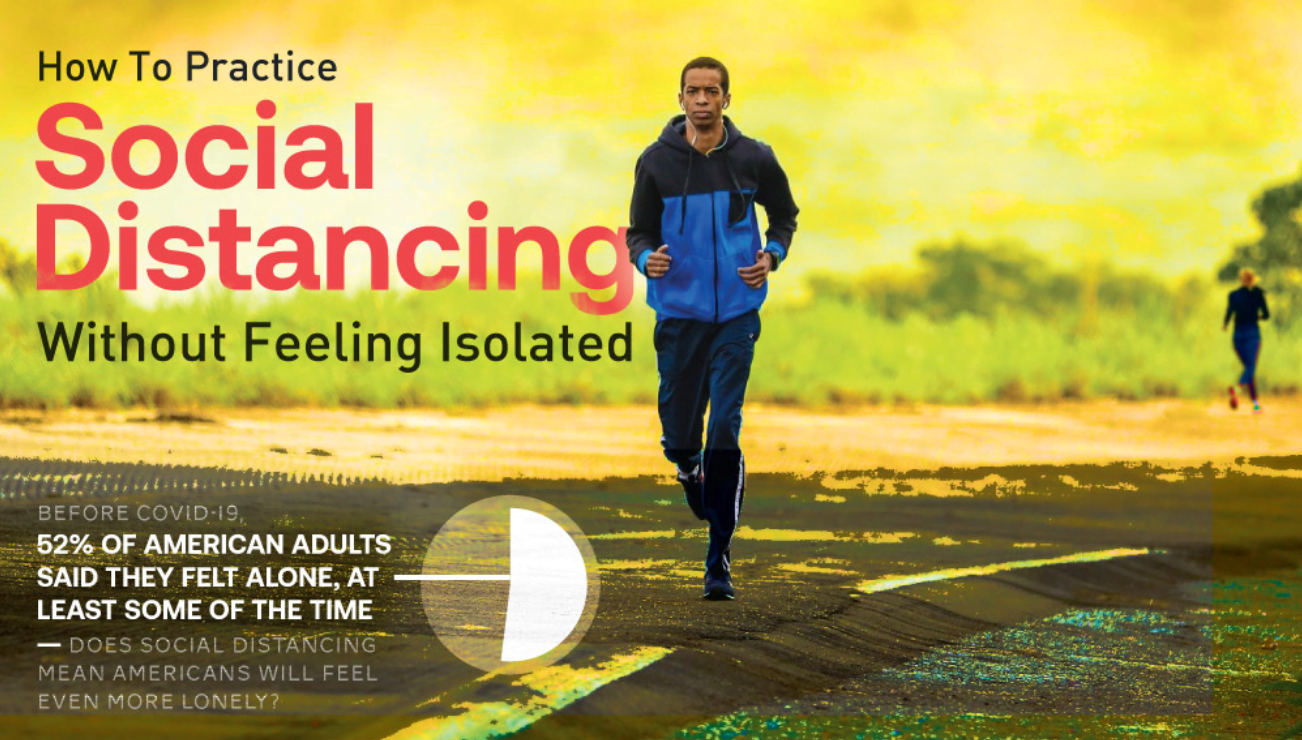Under the widespread quarantining now taking effect, the Coronavirus pandemic has proven dangerous to both body and mind. More than half of Americans report feeling alone at least some of the time. But would you believe it if I told you that was true before our current world crisis? The loneliness epidemic, dwarfed by COVID-19, has just had gasolene poured on its flames by physical distancing.
Q4 2019 hedge fund letters, conferences and more
Benefits Of Physical Distancing
Physical distancing has become essential to combating the spread of Coronavirus, having been recommended by the White House and the CDC since mid-March. With the details of how to practice social distancing ranging wildly on the internet, you may find a synopsis helpful.
- Maintain at least 6 feet between yourself and others
- Avoid public transportation
- Cancel nonessential travel
- Work from home if possible
- Skip large social gatherings
- Children are strongly discouraged from congregating including one-on-one playdates
Keep in mind these are minimums, especially regarding physical distance. A 2014 study found that droplets from coughs and sneezes can travel much farther than 6 feet, and even stay suspended in the air for a time.1 These distancing and quarantining measures have been proven to reduce the spread of disease.
Exacerbating An Already Prevalent Problem
Americans are lonely, with around half of adults feeling lonely some or all of the time. From 2018 to 2019 there was an increase in indicators of loneliness, like feeling unknown, left out, or friendless. What’s more, younger generations are feeling more lonely than previous ones, with Gen Z’s at the top of the list. Now with our social interactions becoming limited, even the least affected of us are facing loneliness.
Necessity dictates physical distancing, but social isolation can harm physical health, with increases in risk for conditions like heart disease, depression, and cognitive decline. So how do we practice social distancing without feeling lonely?
Find balance, Americans reported less loneliness when they got just the right amount of physical activity, sleep, and social interaction. Getting outside helps give you a break from the now conflicted living/working space at home. The exercise from walking, hiking, landscaping work, and taking the dog out clears your head.
Social connectedness is important, make plans to check-in regularly, and plan virtual hangouts with friends and family. Watch Netflix and play games online with others, for social downtime. Make a digital “water cooler” with a webcam for everyone to interact, or plan an online gaming tournament during lunchtime.
Keeping mental health on your radar will help you catch signs of mental fatigue and loneliness before they get out of hand. Save lives with physical distancing, and protect your own by preventing social isolation.
Learn more about how to practice physical distancing without feeling isolated here!





